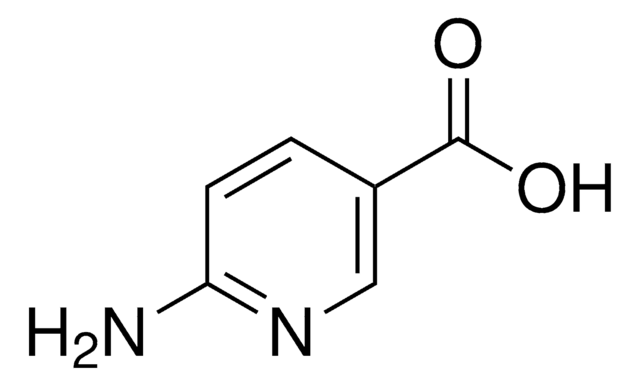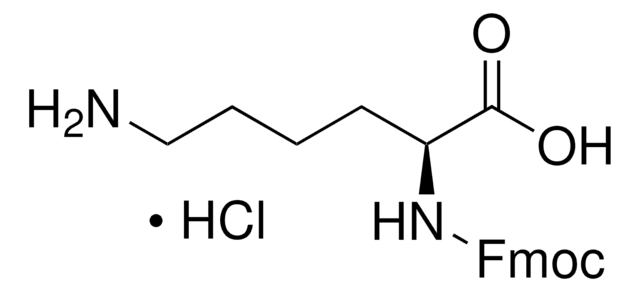All Photos(2)
About This Item
Empirical Formula (Hill Notation):
C7H8N2O4
CAS Number:
Molecular Weight:
184.15
MDL number:
UNSPSC Code:
12352100
PubChem Substance ID:
NACRES:
NA.22
Recommended Products
Quality Level
Assay
98%
form
solid
mp
272-278 °C (dec.) (lit.)
SMILES string
CC1=CN(CC(O)=O)C(=O)NC1=O
InChI
1S/C7H8N2O4/c1-4-2-9(3-5(10)11)7(13)8-6(4)12/h2H,3H2,1H3,(H,10,11)(H,8,12,13)
InChI key
TZDMCKHDYUDRMB-UHFFFAOYSA-N
Related Categories
Signal Word
Warning
Hazard Statements
Precautionary Statements
Hazard Classifications
Eye Irrit. 2 - Skin Irrit. 2 - STOT SE 3
Target Organs
Respiratory system
Storage Class Code
11 - Combustible Solids
WGK
WGK 3
Flash Point(F)
Not applicable
Flash Point(C)
Not applicable
Personal Protective Equipment
dust mask type N95 (US), Eyeshields, Gloves
Certificates of Analysis (COA)
Search for Certificates of Analysis (COA) by entering the products Lot/Batch Number. Lot and Batch Numbers can be found on a product’s label following the words ‘Lot’ or ‘Batch’.
Already Own This Product?
Find documentation for the products that you have recently purchased in the Document Library.
Customers Also Viewed
Giant vesicle formation through self-assembly of complementary random copolymers.
Ilhan F, et al.
Journal of the American Chemical Society, 122(24), 5895-5896 (2000)
Nan Wang et al.
Biosensors & bioelectronics, 79, 320-326 (2016-01-01)
A sensitive, selective and reusable electrochemical biosensor for the determination of mercury ions (Hg(2+)) has been developed based on thymine (T) modified gold nanoparticles/reduced graphene oxide (AuNPs/rGO) nanocomposites. Graphene oxide (GO) was electrochemically reduced on a glassy carbon substrate. Subsequently
Ojodomo J Achadu et al.
Mikrochimica acta, 185(10), 461-461 (2018-09-17)
A microwave-assisted hydrothermal method was employed to prepare thymine-modified graphitic carbon nitride quantum dots (T-gCNQDs) which are shown to be a novel fluorescent nanoprobe for Hg(II). They exhibit excellent optical properties (blue emission with a fluorescence quantum yield of 46%)
Pilar Amo-Ochoa et al.
Inorganic chemistry, 52(19), 11428-11437 (2013-09-18)
Four new copper(II) coordination complexes, obtained by reaction of CuX2 (X = acetate or chloride) with thymine-1-acetic acid and uracil-1-propionic acid as ligands, of formulas [Cu(TAcO)2(H2O)4]·4H2O (1), [Cu(TAcO)2(H2O)2]n (2), [Cu3(TAcO)4(H2O)2(OH)2]n·4H2O (3), and [Cu3(UPrO)2Cl2(OH)2(H2O)2]n (4) (TAcOH = thymine-1-acetic acid, UPrOH =
Domenica Musumeci et al.
International journal of nanomedicine, 13, 2613-2629 (2018-05-12)
Nucleobase-bearing peptides and their interaction with DNA and RNA are an important topic in the development of therapeutic approaches. On one hand, they are highly effective for modulating the nucleic-acid-based biological processes. On the other hand, they permit to overcome
Our team of scientists has experience in all areas of research including Life Science, Material Science, Chemical Synthesis, Chromatography, Analytical and many others.
Contact Technical Service












